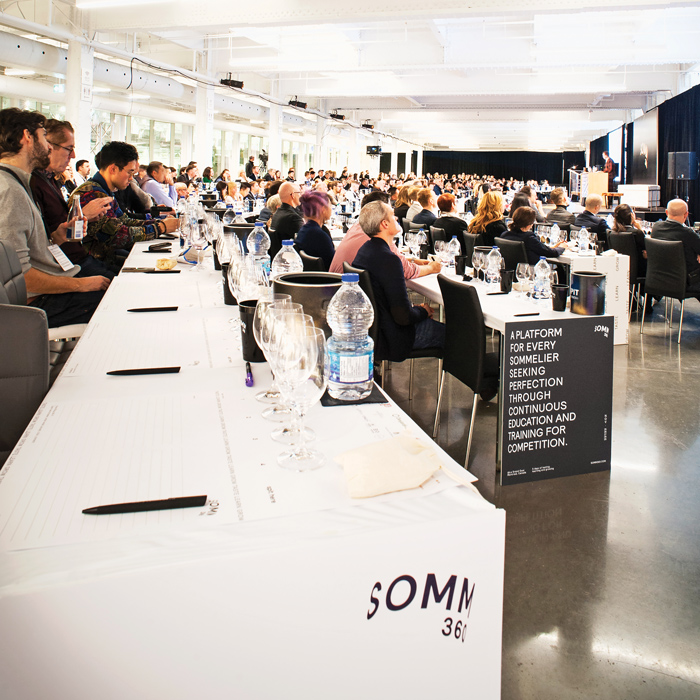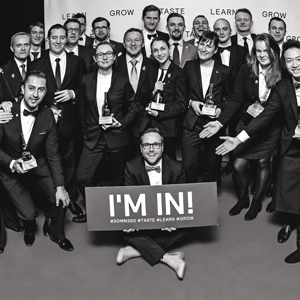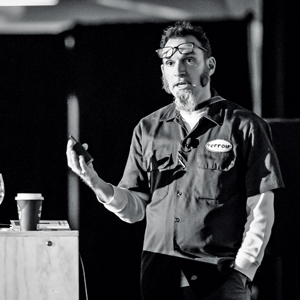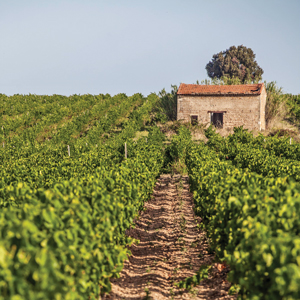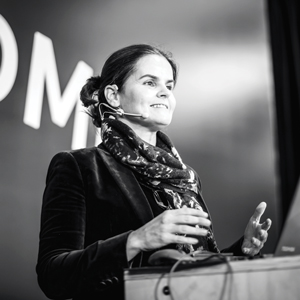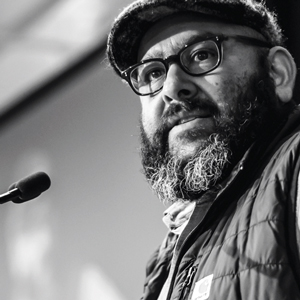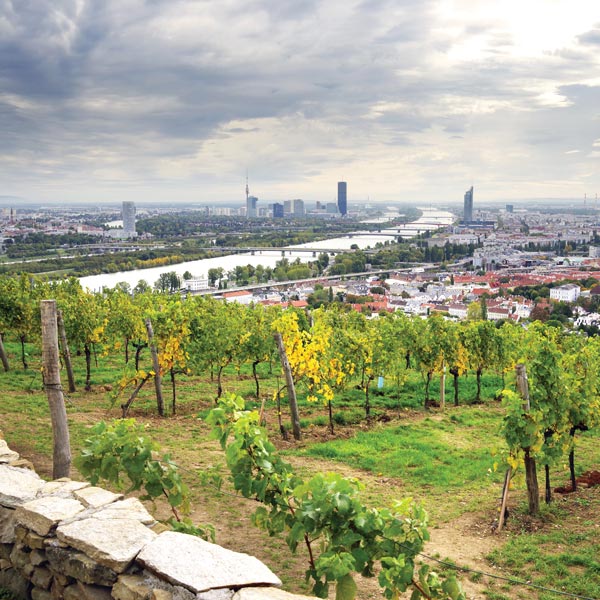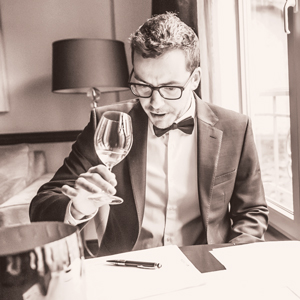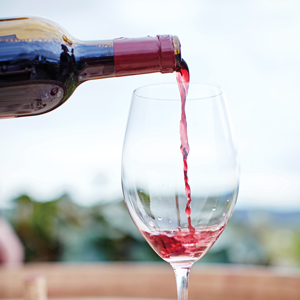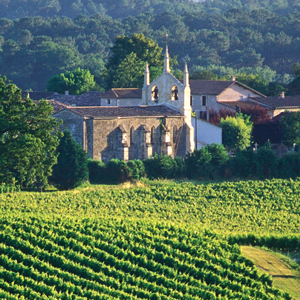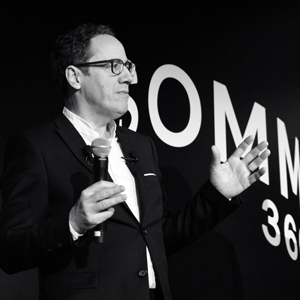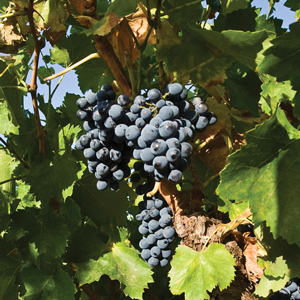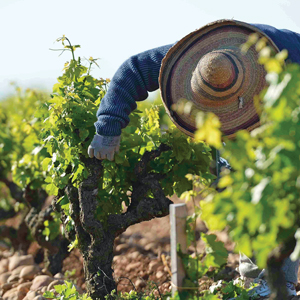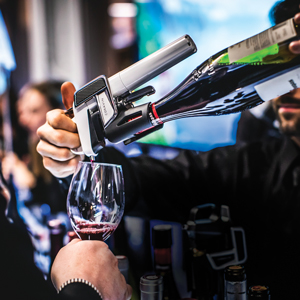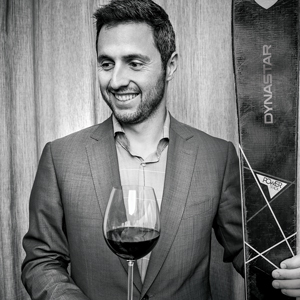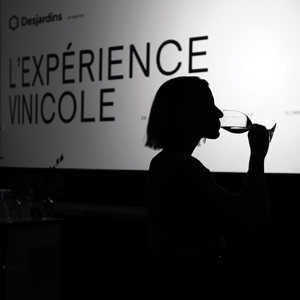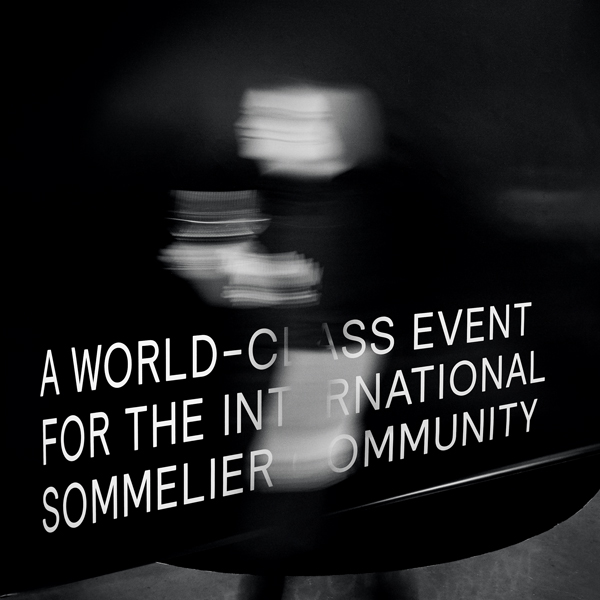SOMM360 is a platform for every sommelier seeking perfection through continuous education and training for competition.
Get the latest info about Somm360
© 2018 SOMM360


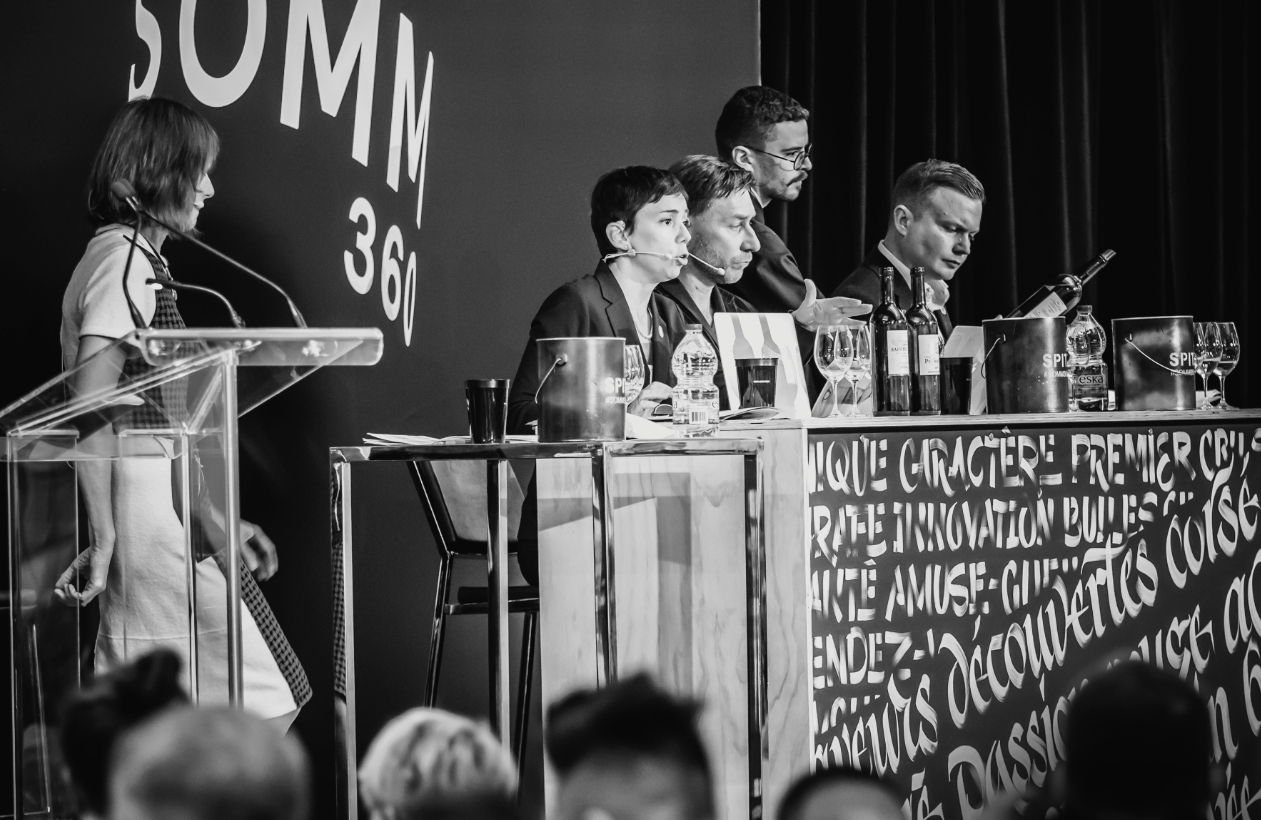

Mary Gorman-McAdams and her panel
White wines from the iconic Bordeaux region of France are often overshadowed by the exceptional reds produced there. Master of Wine Mary Gorman-McAdams took to the stage at SOMM360, along with three Master Sommeliers, Elyse Lambert, John Szabo and Jesse Becker, to explain why sommeliers and the hospitality industry should be taking a closer look at the dry white wines produced in Bordeaux.
The master class provided a lively discussion among panelists and the audience, highlighted by a sampling of several flights of Bordeaux dry white wines. Élyse Lambert presented the Entre-Deux-Mers region, with a first selection from Château Sainte-Marie, a small family-operated vineyard located right in the centre of the appellation.
ENTRE-DEUX-MERS
Today’s winemakers may have integrated the most recent oenological advances, but the terroir remains paramount. And while there may be many appellations, Bordeaux is basically divided along the river system: the Left Bank covers land below the rivers, the Right Bank encompasses the land above the river valley, with the Entre-Deux-Mers region lying between the two.
THE TERROIR
The classic varieties for Bordeaux dry white wines remain Sauvignon Blanc (54 percent) and Sémillon (32 percent), with some Muscadelle and Sauvignon Gris also found in the vineyards. For Mary Gorman-McAdams, there’s an exciting evolution in Bordeaux’s dry whites with a new generation of curious and innovative winegrowers. “These young winemakers travel to other regions, like New Zealand, Australia and California, bringing back new innovations. They are a little less formal, less corporate: they live on the land and have become more attuned to the agricultural aspect of wine production.”
Élyse Lambert, a sommelier and wine consultant in Montreal, says one of the benchmarks for improving the quality of Bordeaux’s white wines was the work of the late Denis Dubourdieu, a winemaker as well as a professor of oenology at Bordeaux University. “In the 1980s and ʼ90s, he and his team of researchers revolutionized the making of dry white wines in Bordeaux [and around the world] by driving home the concept of temperature control and the limited use of new oak barrels,” Lambert said. “More than anyone else, he helped develop the region’s white wines into a fresh new style, with notes of minerality that were his trademark and that are the characteristics of today’s dry white Bordeaux.”
THE EVOLUTION OF DRY WHITE WINES IN BORDEAUX
Mary Gorman-McAdams, the North American market advisor for the Bordeaux Wine Council, told the wine-and-hospitality experts at SOMM360 that Bordeaux has been an iconic wine-producing region for centuries. “It is justifiably one of the most renowned wine regions in the world,” she said. “With its fertile land and warm, temperate climate, the terroir was recognized by the Romans as being ideal for winemaking as early as the first century BC.”
The port city of Bordeaux is located near the Atlantic coastline in southwestern France next to the Garonne River that, along with the Dordogne River, feeds into the Gironde estuary. This location makes the region a natural environment for growing vines, given the mild oceanic influence as well as a geological base of calcareous limestone on the Right Bank and gravelly soil on the Left Bank. When people think of Bordeaux, they immediately envision the expensive, blended red wines made for cellaring. But those high-end Châteaux wines with astronomical prices account for only about 5 percent of the approximately 700 million bottles Bordeaux produces each year. Today, red wines make up 84 percent of the region’s total production, while white wines account for only 10 percent (of which 9 percent is dry white wines). But, as recently as the 1950s, production was split almost evenly between reds and whites. It was only after a devastating frost in 1956 that many of the vineyards were replanted with red varietals, since that was in vogue at the time. Although reds dominate the Bordeaux landscape today, white varieties are still planted throughout the region, but predominantly in Pessac-Léognan, Graves and Entre-Deux-Mers. The message from the panelists was that these dry white wines remain a remarkable value and worth adding to any wine list.
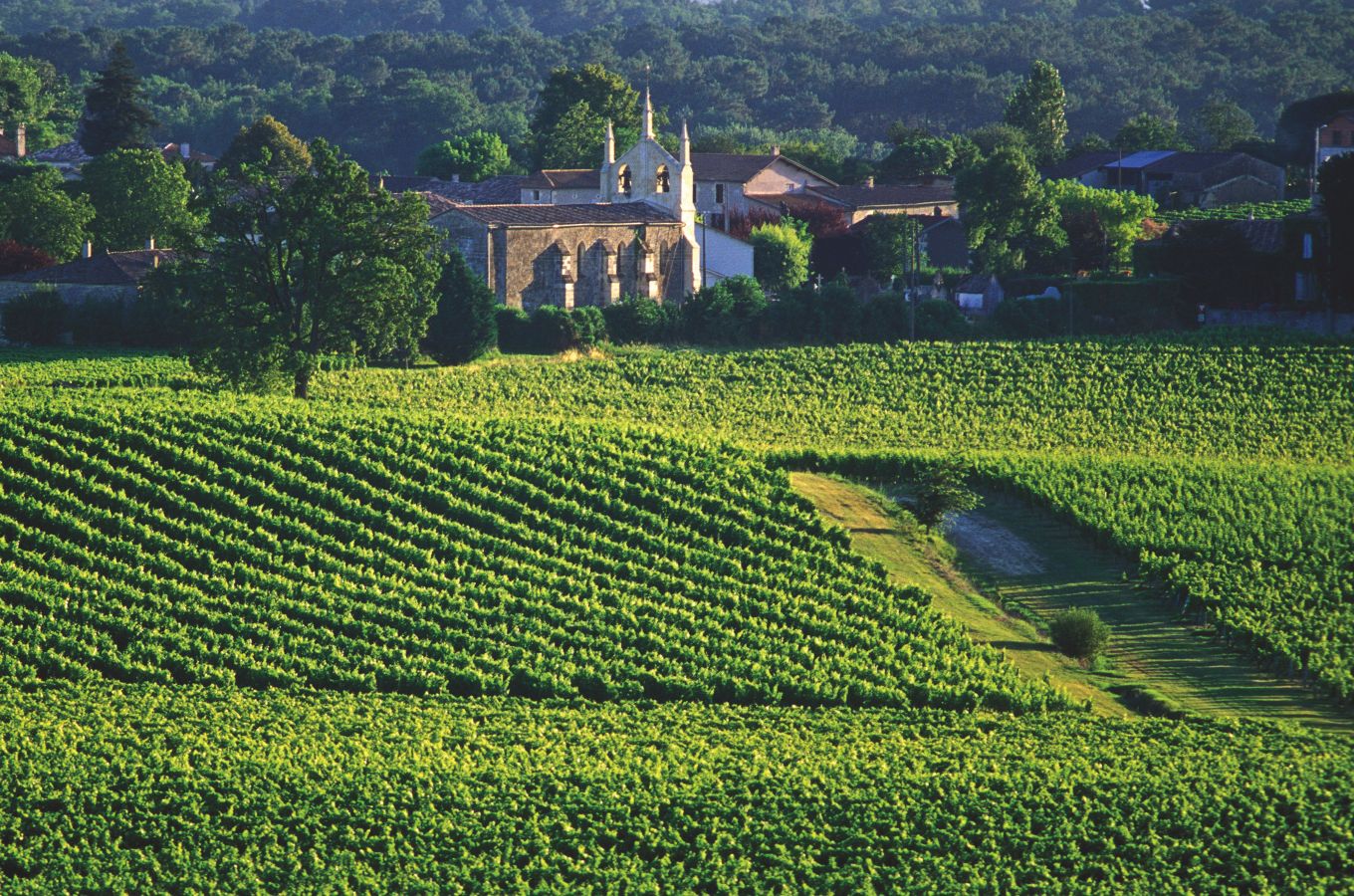
Entre-Deux-Mers
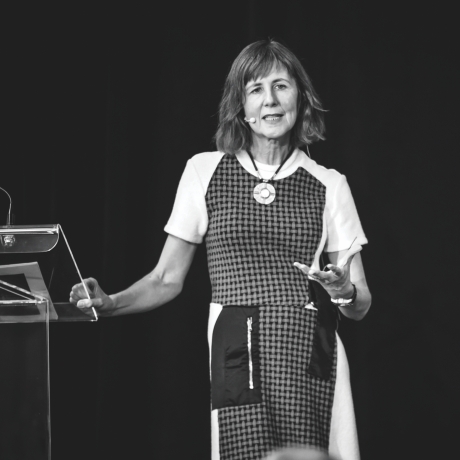
Mary Gorman-McAdams
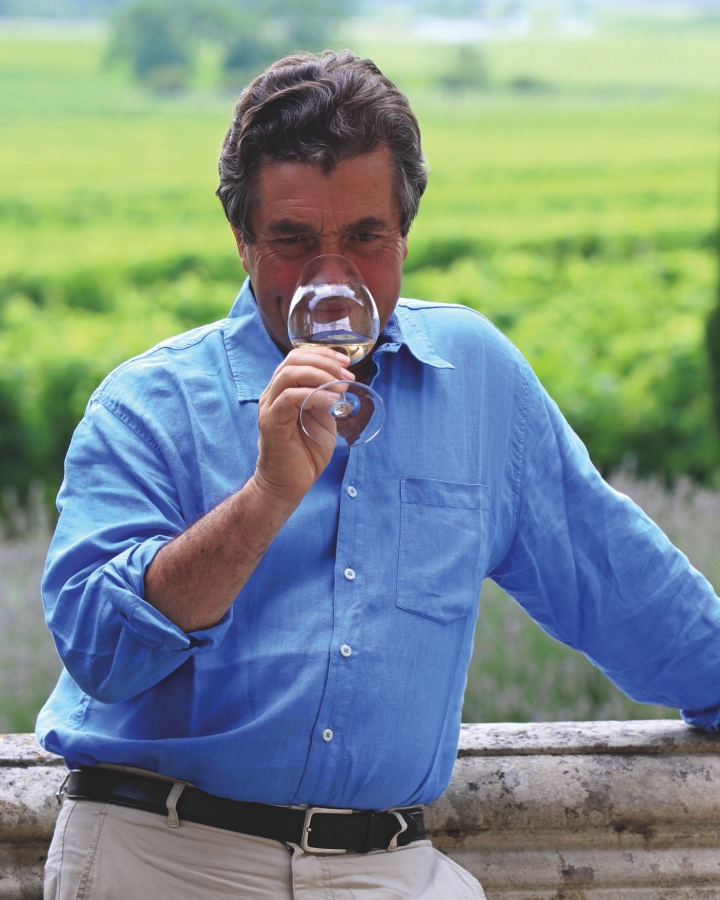
A tribute to Denis Dubourdieu
While Sauvignon Blanc is the dominant variety here, its blending with Sémillon and Muscadelle defines the Entre-Deux-Mers style. “You’ll see a fresher and lighter white, a great-value white,” Lambert explained. “Winemakers from here often follow Professor Dubourdieu’s advice, developing beautiful aromas by allowing the skins to soak a little to enhance the flavours [pellicular maceration].”
Panelist Jesse Becker added to the discussion: “Bordeaux often conjures up the grand estates, the châteaux, but most of the producers there are farmers, family-owned estates producing wines of fantastic value. There is a strong demand for Entre-Deux-Mers on wine lists because of the value that you taste in your glass.”
John Szabo, a wine critic and author based in Toronto, presented the dry white wines produced on the Right Bank, which, with appellations such as Saint-Émilion and Pomerol, are much better known for their classic red Bordeaux blends. But even here, winegrowers are producing some dry whites under the appellation AOC Bordeaux Blanc. One of the wines served up in this flight was from the Valandraud wine estate, one of the few Saint-Émilion properties to grow white, as well as the classic red Bordeaux grape varieties. “They have taken a very successful Saint-Émilion property, with the financial capability to do it, and have planted a small portion of their nine-hectare vineyard with Sauvignon Blanc, Sauvignon Gris and Sémillon and have been producing two unique Bordeaux Blanc wines,” said Szabo. Participants noted a blending style different from that of Entre-Deux-Mers, with richer quality and concentration, ripeness and acidity, which ensure greater aging potential.
The Graves appellation
Jesse Becker sells Bordeaux wines in all 50 states of the United States. He says the market for dry white Bordeaux in the US is mainly for wines from the Left Bank, and especially from the Graves appellation, where there are still very good values to be found. Becker opened his wine flight from Bordeaux’s Left Bank with a dry white from Château Ducasse, located in Barsac. “Finding the best dry whites from this region is all about knowing where the wine comes from, since many carry just the Bordeaux Blanc AOC,” said Becker. “Here, Hervé Dubourdieu [a nephew of Denis Dubourdieu] is producing a modern-style, dry white Bordeaux that is clean, very structured, with a pronounced minerality. It is a blend of 60 percent Sémillon, 35 percent Sauvignon Blanc and 5 percent Muscadelle.” Becker told the sommeliers at SOMM360 that the key to making great dry whites in Barsac is harvesting before botrytis sets in. He says it is an attractively priced wine that would complement any wine list.
Pessac-Léognan
The master class ended with a discussion among the panelists and the audience about the white wines of Pessac-Léognan, a tiny sub-appellation of Graves, just south of the city of Bordeaux. It was established in 1987 partly to stop urban encroachment on some of the best classified vineyards of the Bordeaux region. The recently deceased André Lurton played an instrumental role in the appellation’s creation. For Becker, the style of these wines is absolutely distinctive. “This is classic wine: an oak-aged blend of Sauvignon Blanc and Sémillon of great complexity. We are probably not showing these wines to our customers as often as we should.”
Moderator Mary Gorman-McAdams and the panelists agreed that it is the long tradition of blending in Bordeaux that provides the distinctive styles of the dry whites made there. At the same time, they believe it may be because of that wide diversity of styles that the wines have sometimes been overlooked. And they say sommeliers and the hospitality industry should take a fresh look at these usually affordable blends.
www.denisdubourdieu.fr
. Droits de reproduction réservés et strictement limités)As recently as the 1950s, production in Bordeaux was split almost evenly between reds and whites. It was only after a devastating frost in 1956 that many of the vineyards were replanted with red varieties, since upon reflection it made more sense from both a business as well as a terroir perspective at the time.





